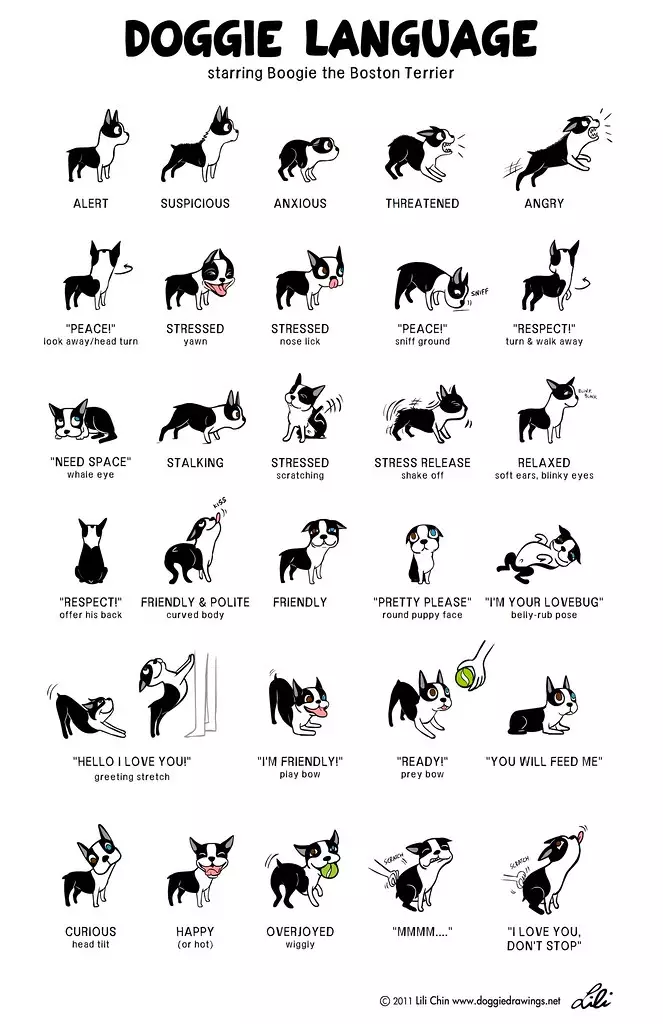
Have you ever noticed your furry friend lowering their front end to the ground while keeping their rear end up? This posture, often referred to as “bowing,” is a common canine behavior that can leave owners wondering about its meaning. While it might seem like a simple gesture, dog bowing actually conveys a complex message rooted in canine social dynamics and communication.
This article delves into the fascinating world of dog bowing, exploring its various meanings, the reasons behind this behavior, and how to decipher the subtle cues accompanying it. By understanding your dog’s body language, including tail wags, ear position, and overall demeanor, you can gain valuable insights into their intentions and strengthen your bond.
Dog Bowing Meaning
Dog bowing is primarily a form of non-verbal communication used by dogs to express themselves in social situations. It can signify several things depending on the context and accompanying body language. At its core, dog bowing often indicates submission, appeasement, or a desire to initiate play.
When a dog bows to another dog or human, it’s essentially saying, “I mean you no harm” or “I respect your position.” This behavior is particularly common in situations where there’s a perceived power imbalance, such as when meeting a new dog or interacting with an unfamiliar person. By bowing, the dog aims to de-escalate potential conflict and establish a peaceful interaction.
Reasons for Dog Bowing
Several factors can trigger a dog to bow, ranging from instinctual responses to learned behaviors.
1. Social Hierarchy: Dogs are naturally social animals who live in packs with established hierarchies. Bowing plays a crucial role in maintaining order within these groups. A lower-ranking dog might bow to a higher-ranking individual as a sign of deference and respect, avoiding potential confrontation.
2. Playfulness: Bowing can also be a playful invitation, especially between dogs who are familiar with each other. A playful bow often involves wagging tails, relaxed ears, and an overall happy demeanor. It’s a way for dogs to signal their desire to engage in fun activities like chasing or wrestling.
3. Excitement: Some dogs might bow when they’re particularly excited about something, such as seeing their owner after a long day or anticipating a walk. This type of bowing is often accompanied by other signs of excitement, like panting, jumping, and vocalizations.
4. Anxiety or Fear: In situations where a dog feels anxious or threatened, they might bow as a submissive gesture to try and appease the perceived threat. This type of bowing is usually accompanied by other fearful behaviors, such as trembling, hiding, or avoiding eye contact.
Canine Body Language Clues
Understanding your dog’s body language is essential for accurately interpreting their bowing behavior.
1. Tail Wagging: A wagging tail can indicate happiness, excitement, or playfulness. However, the speed and direction of the wag can provide further clues. A slow, gentle wag often suggests calmness, while a rapid, stiff wag might indicate agitation or anxiety.
2. Ear Position: Ears that are perked forward usually signal alertness and interest, while ears that are flattened back against the head can indicate fear or submission. Relaxed, slightly rotated ears often suggest a comfortable and confident dog.
3. Overall Demeanor: Pay attention to your dog’s overall posture and demeanor. A relaxed, loose body language typically indicates playfulness or contentment, while a tense, rigid body suggests anxiety or fear.
Submission vs. Playfulness
Distinguishing between submissive bowing and playful bowing can be tricky.
1. Context: Consider the situation in which your dog is bowing. If they’re meeting a new dog or person, it’s more likely to be a submissive gesture. If they’re interacting with you during playtime, it’s probably an invitation to play.
2. Body Language: Pay attention to other body language cues. A submissive bow often involves a lowered head and tucked tail, while a playful bow is usually accompanied by wagging tails, relaxed ears, and a bouncy gait.
3. Vocalizations: Playful bowing often includes happy barks or whines, while submissive bowing might be silent or accompanied by whimpers.
Understanding Your Dog’s Behavior
Every dog is unique, and their bowing behavior can vary depending on their personality, breed, and past experiences.
1. Observe Patterns: Pay attention to the situations in which your dog bows and the accompanying body language cues. Over time, you’ll start to recognize patterns and understand what triggers their bowing behavior.
2. Consult a Professional: If you’re unsure about your dog’s bowing behavior or if it seems excessive or concerning, consult with a veterinarian or certified dog trainer. They can provide personalized guidance and help you address any underlying issues.
3. Build Trust and Communication: Strengthening your bond with your dog through positive reinforcement training, play, and affection can create a more trusting environment where they feel comfortable expressing themselves openly.
Conclusion
Dog bowing is a fascinating and complex form of canine communication that reveals much about their social dynamics and emotional state. By understanding the various meanings behind this behavior and paying attention to accompanying body language cues, you can gain valuable insights into your dog’s thoughts and feelings. Remember, every dog is unique, so observe their individual patterns and seek professional guidance when needed. Through patience, observation, and a loving approach, you can deepen your understanding of your furry companion and build a stronger bond based on trust and communication.
